
The southeastern myotis is a small bat found throughout the Gulf Coastal Plain and the Lower Mississippi Alluvial Plain of the southeastern United States.

The Anjouan myotis is a species of vesper bat. It is found only in Comoros.

The Australian myotis is a species of vesper bat. It is found only in Australia. This taxa may not represent a valid species. Only one specimen has ever been documented, supposedly from New South Wales. This specimen may have been mislabelled or a vagrant Myotis muricola or Myotis ater.

Brandt's bat or Brandt's myotis is a species of vesper bat in the family Vespertilionidae. It is native throughout most of Europe and parts of western Asia.

The Chilean myotis is a species of vesper bat found in southern South America.

The western small-footed bat, also known as the western small-footed myotis, is a species of vesper bat native to North America.
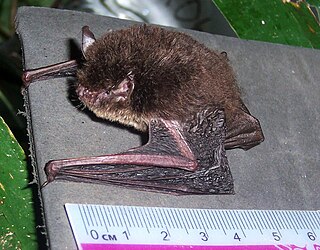
The wall-roosting mouse-eared bat, or Nepalese whiskered myotis is a species of vesper bat whose type locality is Nepal.

The peninsular myotis is a species of vesper bat. It is endemic to northwestern Mexico, found only within Baja California Sur state on the southern Baja California Peninsula. Its habitats include the southern Peninsular Ranges and deserts.
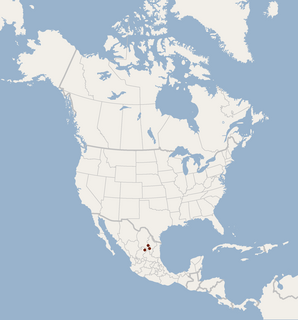
The flat-headed myotis is a species of vesper bat. It is endemic to Mexico where it is found in certain montane forests in the Sierra Madre Oriental in the northeast of the country. Once thought to be extinct, this bat was rediscovered in 2004 by Joaquín Arroyo-Cabrales and colleagues. The species is now classified as endangered by the IUCN.

The frosted myotis is a species of vesper bat. It is found only in Japan.
Schaub's myotis is a species of vesper bat. It is found in Armenia, Azerbaijan and Iran and known from fossils from Hungary. It is related to Myotis nattereri.

The long-legged myotis is a species of vesper bat that can be found in western Canada, Mexico, and the western United States.
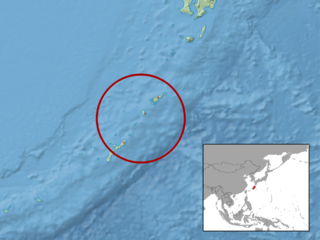
The Yanbaru whiskered bat(Myotis yanbarensis) is a species of vesper bat in the genus Myotis.

The Alcathoe bat is a European bat in the genus Myotis. Known only from Greece and Hungary when it was first described in 2001, its known distribution has since expanded to Spain, England, Sweden, and Azerbaijan, among other countries. It is similar to the whiskered bat and other species and is difficult to distinguish from them. However, its brown fur is distinctive and it is clearly different in characters of its karyotype and DNA sequences. Although some genetic data suggest that it is related to Geoffroy's bat, other analyses do not support a close relationship between M. alcathoe and any other species.

The eastern water bat or Sakhalin bat is a species of mouse-eared bat. It was for a long time considered to be a subspecies of Myotis daubentonii.

Myotis nipalensis commonly known as Nepal myotis is a vesper bat of genus Myotis.
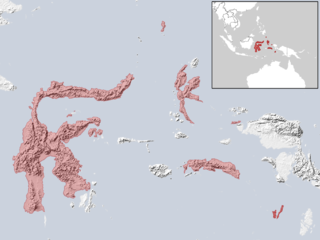
The Maluku myotis, also commonly known as the Arafura large-footed bat, is a species of mouse-eared bat. Native to Indonesia, and possibly New Guinea and northern Australia, it one of several species known as "fishing bats" because they catch their prey on the surface of water, scooping it up with their large feet.
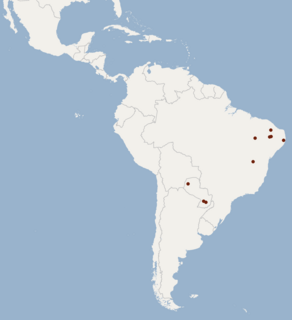
LaVal's myotis is a species of bat found in Brazil and Paraguay.
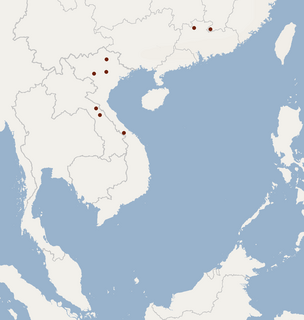
Myotis indochinensis, commonly known as the Indochinese mouse-eared bat, is a species of cave-dwelling bat in the family Vespertilionidae. It is found in Vietnam and China.



















